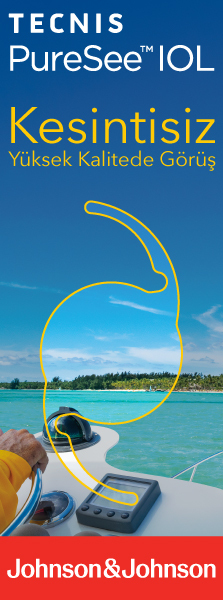Methods: A total of 151 patients who received pars plana vitrectomy for RRD between the years 2018 and 2022 were retrospectively reviewed. Patients were divided into three groups: 20% Sulfur hexafluoride (SF6), 14% octafluoropropane (C3F8), and silicone oil groups (SiO). Reattachment of the retina after six months of SiO removal was accepted as a surgical success in the SiO group. Primary and final surgical success rates, secondary PVR development, secondary glaucoma, and BCVA values at 12 months were noted and compared between the groups.
Results: The mean age was 61.9±10.3, and 69 (45.2%) patients were female. Primary surgical success rates were 91.9%, 97.6%, and 90.4% in SF6, C3F8, and SiO groups, respectively (p=0.361). All groups have significant BCVA improvements postoperatively compared to baseline BCVA (p<0.001 for all). Although there was no significant difference regarding the BCVA at baseline between the groups (p=0.685), the SF6 and C3F8 groups showed higher BCVA improvement than the SiO group postoperatively (p=0.004, p=0.041, respectively). In logistic regression analysis, only the initial PVR was a statistically significant factor in overall surgical success (p=0.011). Secondary glaucoma was not detected in any gas endotamponade cases, whereas in six patients (8.2%) in the SiO group (p=0.036).
Conclusions: Similar primary anatomical success rates were found between the three endotamponades; however, both C3F8 and SF6 gas tamponades were superior to the SiO group regarding BCVA.
Keywords : Sulfur hexafluoride, Octafluoropropane, silicone oil, endotamponades, rhegmatogenous retinal detachment




